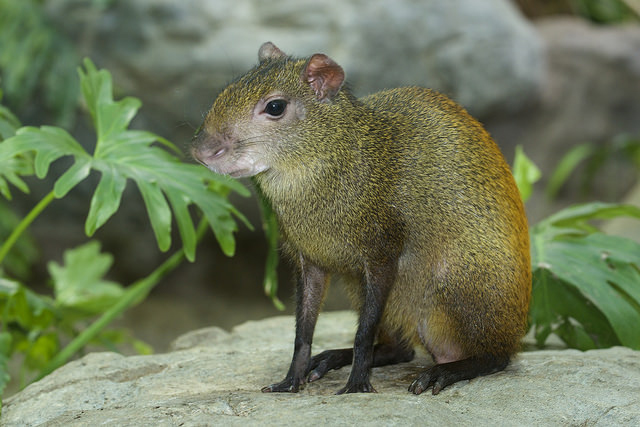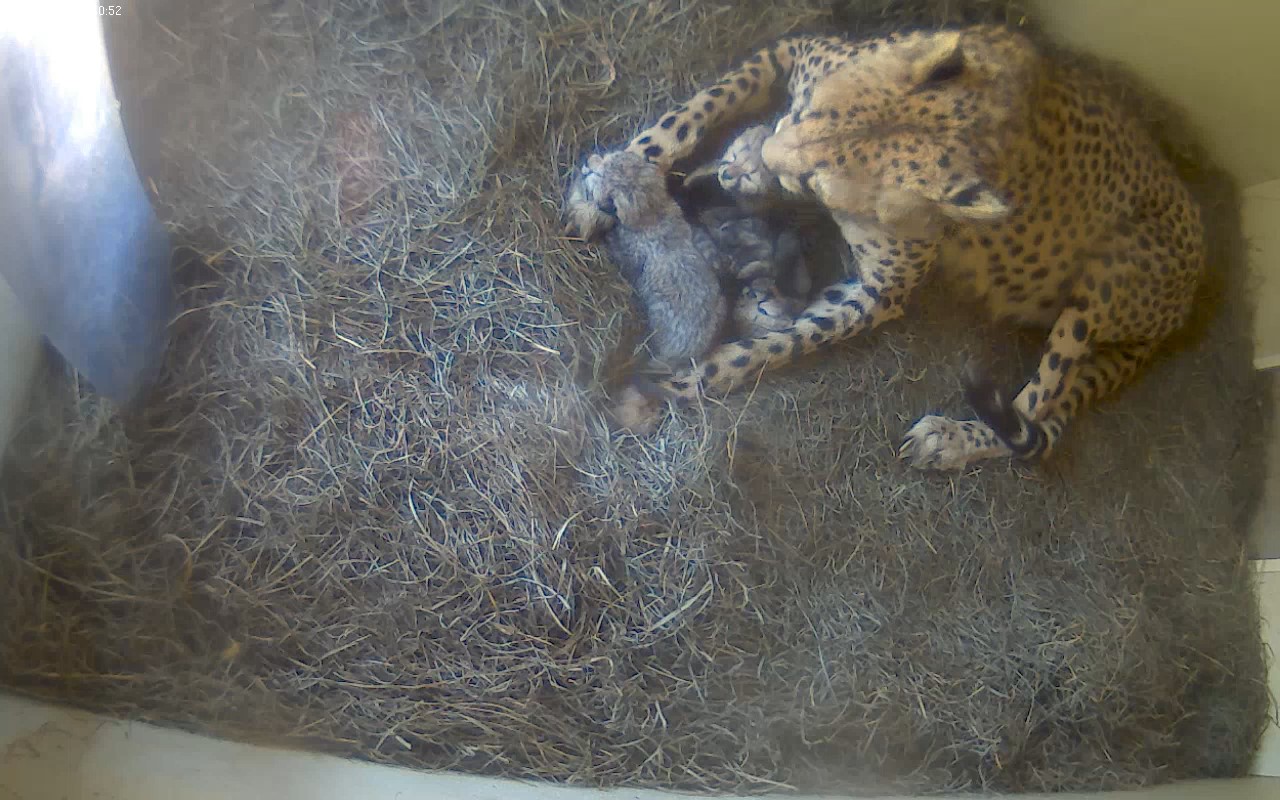
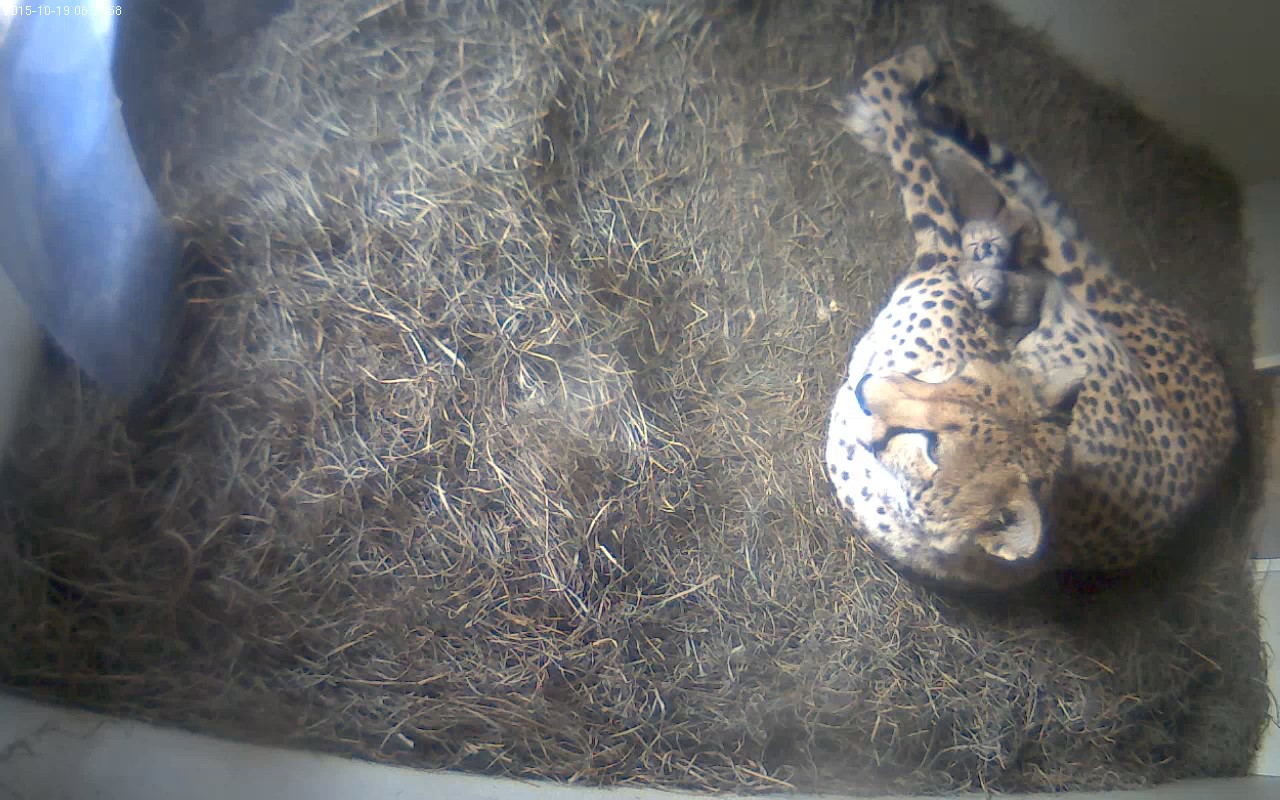
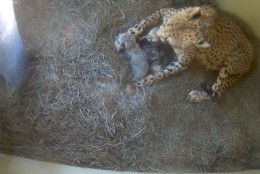
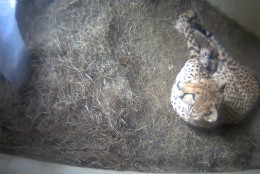
WASHINGTON — The National Zoo’s baby panda Bei Bei has new competition in the cuteness department.
A litter of cheetah cubs was born at the zoo’s facility in Front Royal to a first-time mom named Sanurra.
The three cubs were born Oct. 16.
“Mom and the babies are all doing very well,” says Adrienne Crosier, a biologist with the Smithsonian Conservation Biology Institute.
“They’re just adorable. They really are. They’re very active. Their eyes are already open, they’re very precocious.”
Sanurra was born at a facility in South Africa, and was brought to the region in 2011.
“She is very genetically valuable not only to our collection, but to the entire managed collection in North America. So this [birth] is a very big deal.”
Crosier says scientists haven’t handled the cubs yet to weigh them and determine their gender, because they don’t want to disturb Sanurra.
“We don’t have a timeline for that right now because she’s being very, very attentive and also a bit protective. She doesn’t leave them very much at all. So we’re just waiting for her to be more comfortable to leave them for a little bit of time. So we’ll work up to that slowly,” Crosier says.
You might notice the cubs don’t look like they have as many spots as mom.
“They have what’s called a mantle when they’re first born. That is very long, kind of grayish hair that covers most of their back. They will have that for many months. The theory is that it makes them look possibly like a honey badger, and other predators are supposed to avoid honey badgers in the wild.”
Crosier says right now, the cubs are making chirping sounds.
“Once they’re out of the den, which will probably be maybe five weeks from now, they’ll also use a vocalization called a stutter. Females use that to kind of talk to their cubs. It’s also a vocalization that males use during mating introduction.”
Cheetahs are also the largest cats that purr.
“The larger cats, lions and tigers, don’t have that same capability. Cheetahs purr just like your cat at home purrs, so when they’re happy and content they make a purring noise.”
Crosier says cheetah populations in the wild are decreasing very rapidly.
“They estimate there’s only 8,000 left in the wild right now, and this is down from an estimate of about 100,000 only 100 years ago.”
It’s not clear yet if any of the new cubs will end up at the National Zoo in D.C., but Crosier says Sanurra will likely remain in Front Royal.
Watch a video of the baby cheetahs:



